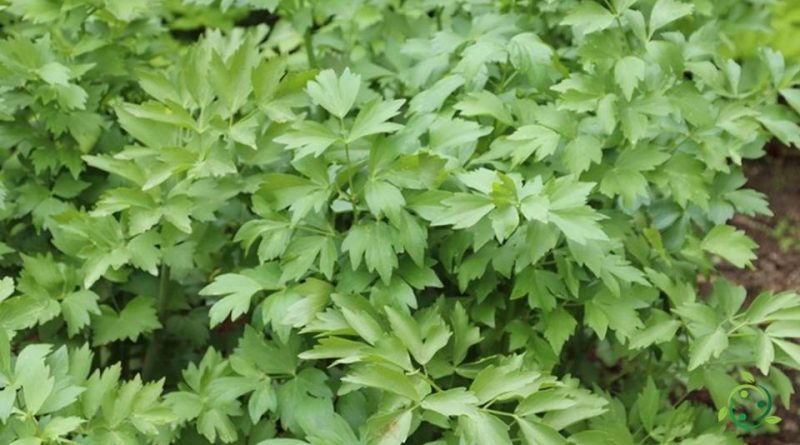How Lovage propagates
How Lovage propagates
The lovage (Levisticum officinale W.D.J. Koch, 1824) is a perennial plant of the Apiaceae family, native to southwestern Asia.
In Italy it is cultivated and rarely naturalized in vegetable gardens and gardens and is used as an aromatic herb.
In this sheet we will see how to propagate and multiply this plant while as regards the cultivation technique, see the following sheet.
Propagation –
The lovage is a plant that can be multiplied both by seed and by division of the tufts.
When the seedlings are sufficiently developed they should be placed in larger pots or full earth, in a semi-shaded area.
However, let’s see in detail.
Generally, the propagation takes place by sowing in seedbeds, using the mature seed at the end of the summer.
The multiplication of shoots by cuttings is carried out in spring or autumn or by simple division of the tufts from the mother plants.
The planting period varies according to the production schedule and climatic conditions.
In general, in Italy, in the central and northern regions to obtain autumn summer productions, the transplant can be carried out from May to June. In the warmer and southern areas, for autumn-winter productions, it is advisable to transplant in the months of August and September, to obtain spring productions the transplant must be carried out in February.
The transplant must be performed in well-worked soils, refined and free from unwanted herbs using seedlings that have reached a height of 10-15 cm and with 4-5 leaves.
The transplant can be done by hand, for small extensions, or by using special transplanter machines when the surfaces are large.
The recommended planting pattern, also to facilitate weeding and weeding, must be at least 40 cm along the row and 70 cm between the rows. In this way there is a density of about 35,700 plants per hectare.
Collection and storage –
Levisticum officinale leaves are harvested during the vegetative period and used fresh. The roots must be uprooted in the fall, washed, cut into pieces and dried. The umbrellas must be cut when they are ripe, dried, and then collect the fruits (seeds) by beating them which can be used for subsequent sowing.
Use in the kitchen and therapeutic properties –
The fresh leaves, which taste similar to that of celery, are used to add flavor to omelettes, salads, soups, fresh cheeses and fish. The roots are used to prepare aromatic liqueurs. The seeds are used to flavor jams and sweets.
Levisticum officinale has therapeutic properties: purifying, eupeptic, digestive, carminative and diuretic.

